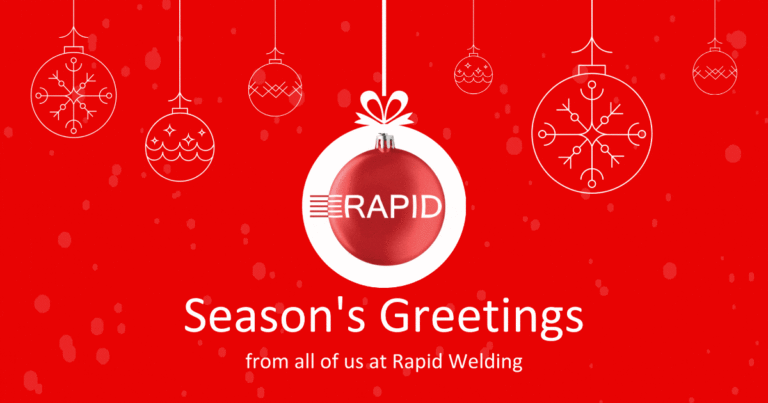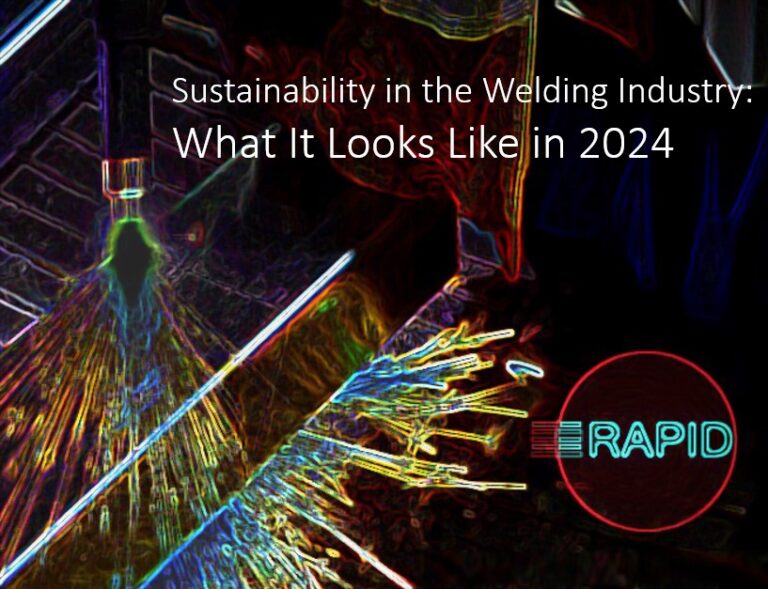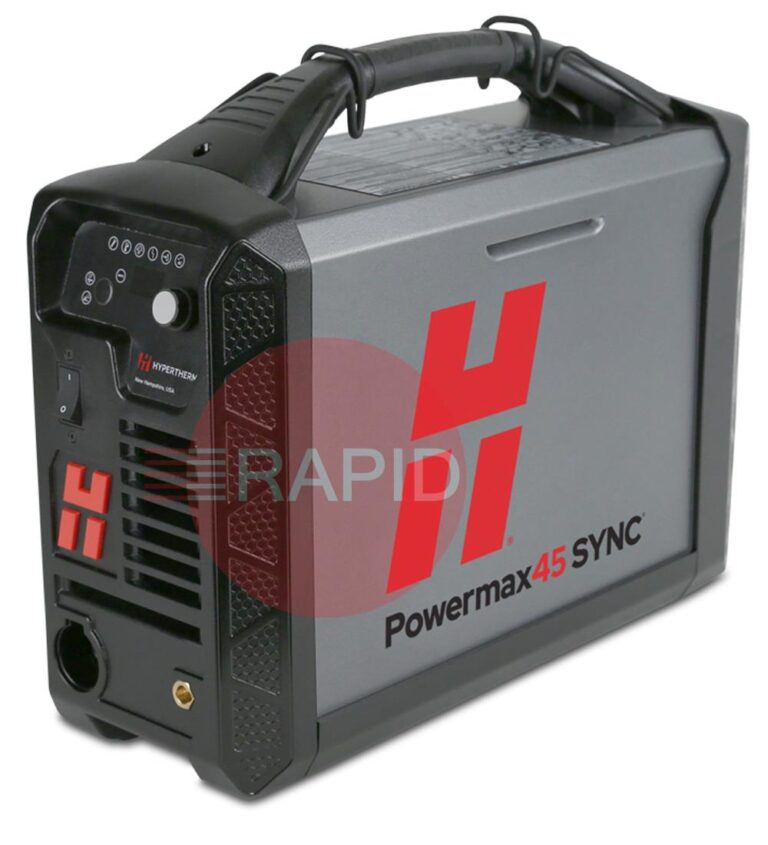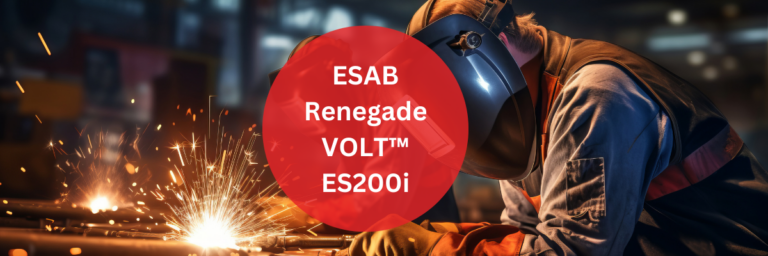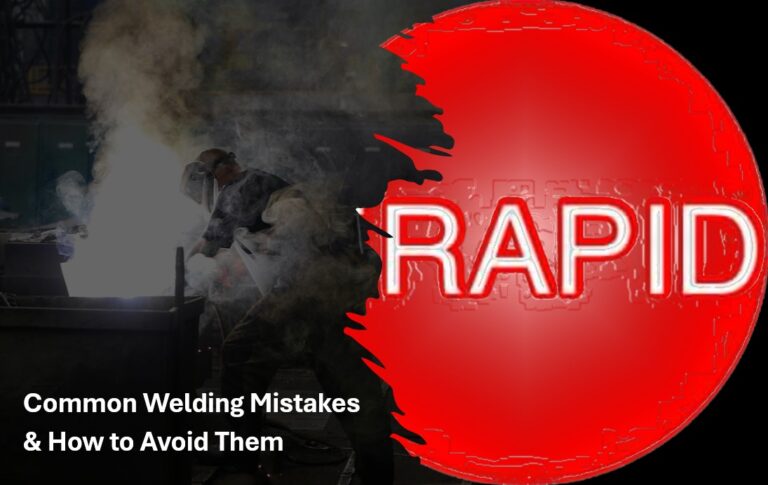Welding Blankets – Choosing the correct one
Choosing the correct welding blanket can be a difficult task. With so many options on the market it can be hard to ensure you get the one which best suits your requirements.

Materials
Welding blankets were previously made from woven asbestos, but due to safety concerns production of these ceased. Now, safer materials are used, with blankets using materials such as fibreglass and silica as base materials which can then be coated.
Fibreglass is an ideal material to use for a welding blanket as it has a high melting temperature, as well as being strong and durable. However, if they are not coated, they can shed and irritate the skin.
Silica welding blankets can withstand the highest temperatures, the heat resistant fabric is high quality and can be environmentally friendly and non-hazardous.
Coatings

There are a number of different coatings which are used on welding blankets. These determine the use of the blanket and the estimated peak temperature.
Heat Treated – This causes the fibreglass to shed less and increases the level of heat resistance provided.
Vermiculite – Used on Silica blankets to provide a mineral based finish to improve its abrasive resistance and helps prevent fraying.
HT – In-organic coating which increases the anti-slip properties and the heat resistance.
PU – Specially formulated fire-retardant PU-coating with aluminium pigments to increase the anti-slip properties and resistance to fraying.
Alu-foil – The foil is applied to the fabric (heat resistant bonding agent) and gives the fabric a high heat radiation reflection. These blankets are suitable for protection against radiation heat. The foil with which the fabric is coated is resistant to abrasion and cracks.
Neoprene – Fully cured flame-retardant black neoprene rubber which helps to protect against oil, grease and acid.
Silicone – Silicone rubber which has high resistance to extreme mechanical, thermal and electric influence.
Temperature
The thickness of the blanket should depend on the process and the level of protection you require. It’s important to ensure you buy a thicker blanket if you intend to use it multiple times. Blankets can also be folded to give multiple layers of protection.
Cepro Welding Blankets
Cepro offers an extensive range of welding blankets to provide protection from sparks and welding splatter. Blankets have been tested according to specifications of the European standards EN 13501-1 and do not contain any asbestos or ceramic fibres. Cepro recommends using multiple layers and to use the blanket at an angle to the welding arc, as this provides the best protection.
When using any welding blanket, the welder must remember theses are consumable items. If you have continual use for a blanket its important to buy a higher quality, thicker blanket which will last longer and give a better level of protection in the long run.
Cepro Range
Economy Welding Blankets – These welding blankets are made with top quality material whilst also a very competitive price. These blankets are the thinnest ranging from 0.41mm to 0.44mm.
Standard / Basic Welding Blankets – These welding blankets come with a fantastic price and equally great sizes to choose from. They range from 0.68mm to 0.75mm thick.
Premium Welding Blankets – These welding blankets are constructed from top of the line raw materials and are able to withstand higher temperatures due to the premium coatings and the thickness of the blankets which range from 1.3mm to 1.6mm.
Other Cepro Blankets – These blankets have specific uses.
The Cepro range of blankets can be found on the Rapid Website here.
For more information or technical advice don’t hesitate to contact Rapid for more information.

